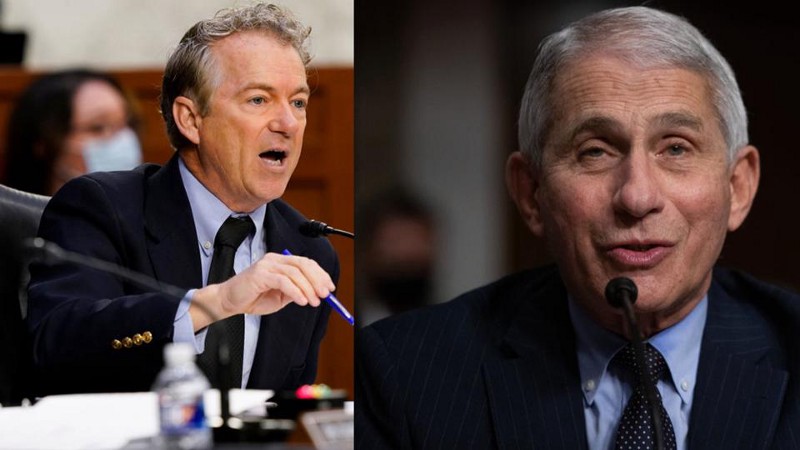We All Lose When Scientists Don’t Stand Up For The Truth

The ultimate lesson from Dr. Birx is one we should never, ever repeat.
About a year ago, as the world experienced the deadly “first wave” associated with the coronavirus pandemic, many struggled to separate accurate from inaccurate information. While many well-meaning people — scientists and non-scientists alike — attempted to share what was known to be true, what was being investigated, what likely and unlikely hypotheses were, and what was known to be false, there were a significant number of people who actively spread disinformation as a counter-narrative.
As is often the case, what should be a purely scientific issue that could be decided on matter-of-fact alone instead became an emotionally-charged, highly politicized issue. Many prominent scientists, including Dr. Deborah Birx, the coordinator of the Trump administration’s White House coronavirus response, knowingly and willfully ignored the best science of the day and instead lauded policy decisions that wound up killing over 550,000 Americans (and counting): a clear and egregious example of what’s known as social murder. Even today, there are many issues where a large fraction of the population doesn’t accept the basic scientific truths that underlie them.
Whenever scientists don’t stand up for the truth, and instead — either mistakenly or with fraudulent intent — promote misinformation, the whole of society suffers. Here are some of the most egregious examples.
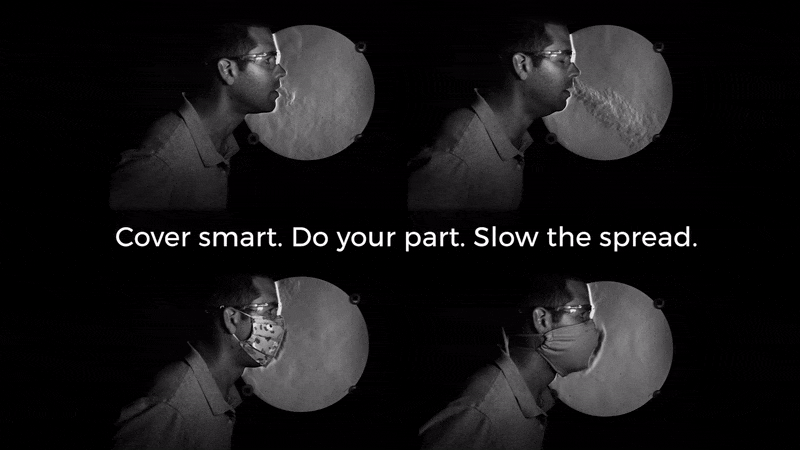
1.) The science of wearing a mask. Particularly in the early stages of the pandemic, masks were suggested as a preventative measure, as many noted the significantly reduced spread in countries where mask-wearing was routine. Despite this very strong early evidence, some very dubious interpretations of the data were put forth. These included:
- Masks are ineffective and don’t work.
- Masks can actually help spread the virus, rather than preventing it.
- Only the medical-grade masks are effective, not cotton ones.
- And finally, it’s your right to not wear a mask, and you shouldn’t give up this vital freedom even if wearing masks did save lives.
The first three are completely not true, and the only studies that made statements of that nature were both not in the context of COVID-19 and were speculations on the part of the authors, not based in the evidence of the trials in question. Masks are not only definitively safe and effective, but do greatly reduce the spread of the virus: in particular by reducing the size, volume, and distance of the expelled disease-carrying droplets from the wearer’s mouth and nose.
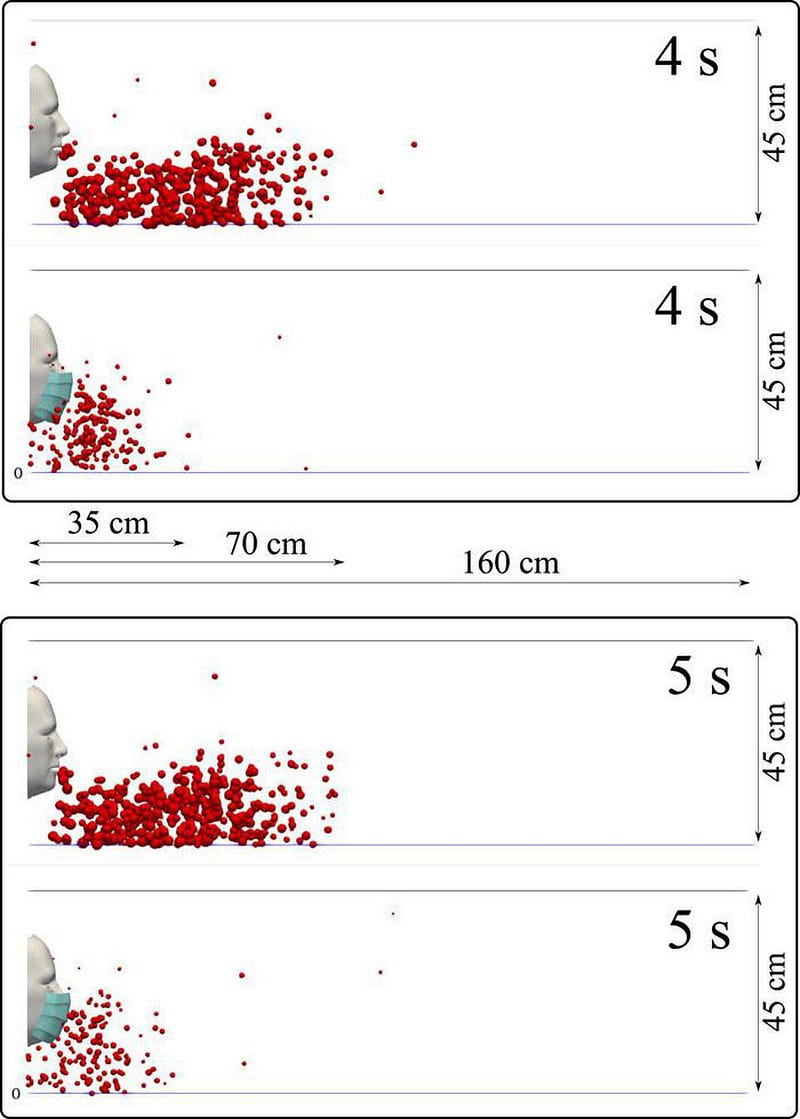
But that last point of argument — that it’s your right to do whatever you like, even if it harms others as individuals and all of society as a whole — is truly the last refuge of the science denier. The guise of “personal freedom” has been used very effectively, for decades, as justification for a lack of coordinated action on issues where coordinated action is mandatory to have a successful impact. If everyone in the United States had, in these early stages:
- wore masks,
- practiced physical distancing,
- and actually stayed home — with the exception of essential errands (food and medicine) — for a period of ~2–3 weeks,
we could have stopped this pandemic dead in its tracks. Numerous other countries across the globe successfully did exactly this; we did not. As Birx herself noted, looking back on 2020 with remorse,
“I look at it this way: the first time, we have an excuse. There were about 100,000 deaths that came from that original surge. All of the rest of them, in my mind, could have been mitigated or decreased substantially.”
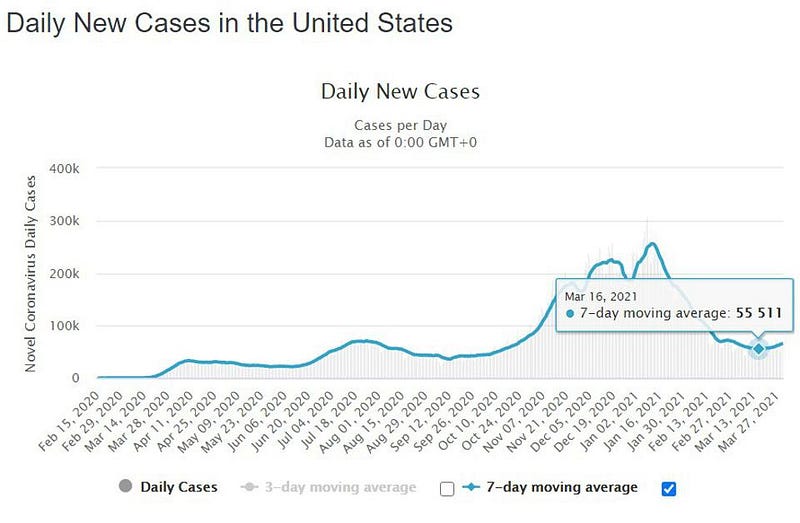
And yet, looking at the trends we’re facing today, it’s very clear that despite all the mitigation efforts — education about the virus and its transmission, an enormous number of deaths and infections, acquired immunity from either prior infection or vaccination, etc. — the infection rate continues to rise. After hitting a low in mid-March, cases have begun to increase yet again: daily new infections are up by over 20% in the United States since that time. Despite all that we’ve learned, many still refuse to wear masks, don’t practice distancing, and engage in other risky behaviors despite the advice of scientists. Carl Sagan, quite presciently, knew that moments like this would arise in our society.
“One of the saddest lessons of history is this: If we’ve been bamboozled long enough, we tend to reject any evidence of the bamboozle. We’re no longer interested in finding out the truth. The bamboozle has captured us. It’s simply too painful to acknowledge, even to ourselves, that we’ve been taken. Once you give a charlatan power over you, you almost never get it back.”
Perhaps driven by a desire to justify our past decisions, even in light of the current evidence, many still continue to engage in behaviors that are dangerous and destructive to themselves and others. But this is hardly the only example.
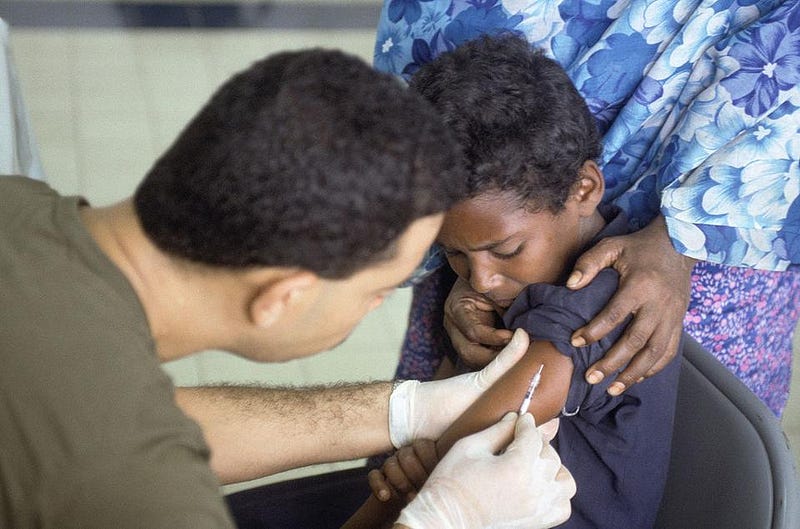
2.) The science of vaccines. The one public health intervention that has saved more lives than any others is vaccinations. Whereas deadly diseases used to routinely tear through population centers, infecting enormous percentages of the population, killing many and leaving many others with lifelong debilitating conditions, safe and effective vaccines were rated the most effective public health measure of the 20th century by the Centers for Disease Control (CDC). Once ubiquitous diseases like polio, pertussis, smallpox, measles and more have been brought to the brink of eradication through vaccination.
Yet, driven mostly by a fraudulent study falsely linking vaccines to autism, vaccination has become a publicly controversial topic. The scientific evidence for their safety and efficacy not only remains beyond reproach, but the safety record of vaccines has substantially improved over recent decades. Nevertheless, not only are many vaccine-hesitant about themselves and their children, but they’re actively seeking non-medical vaccine exemptions. This harms public health, raises infection rates, has caused the resurgence of numerous preventable diseases, and altogether prevents disease eradication. Despite the scientific facts, many continue to make decisions based on their preferred ideology, to the detriment of themselves, others, and society as a whole.
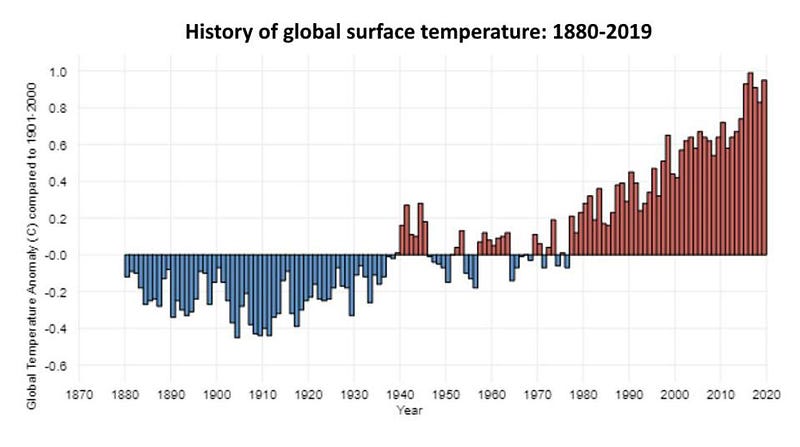
3.) Global warming. Has it been a while since you heard that term? 20 years ago, even mentioning the phrase “global warming” provoked such an ideological backlash that the entire phenomenon of:
- humans emitting CO2,
- in sufficient quantities to change the global composition of the atmosphere and ocean,
- leading to increased temperatures, acidified oceans, and major changes in ecosystems, climates, and severe weather events all across the globe,
was rebranded as “climate change.” The science was overwhelming then and has only gotten stronger in the time since: the Earth is warming at an unprecedented rate, the warming is being driven by human-caused emissions of CO2 (largely from the emissions of fossil fuels), and if we continue this trend, it’s going to melt the icecaps, leading to a vastly different world for humanity. Over the coming centuries, much of the world’s inhabited land mass will eventually become submerged if we don’t change our course.
And yet, driven largely by the same merchants of doubt who denied the link between tobacco and ailments like lung and mouth cancer, heart disease, COPD and others, many continue to deny the link between human activity and the increasing temperatures on Earth. It’s so straightforward that it goes back to Svante Arrhenius — the “acids and bases” guy we all learned about in our High School Chemistry classes — and predictions that are now more than 50 years old have been vindicated as largely correct.
Still, despite just how convincing and overwhelming the scientific evidence is, there are many, including those who wield enormous political power in the world, who refuse to accept the basic science that’s driving what we now call climate change. Carbon dioxide behaves like a blanket on our atmosphere, trapping incident heat on our world for longer, and every increase in the concentration of greenhouse gases like CO2 basically thickens our atmospheric blanket. At the present time, when we should be taking critical action, humans on planet Earth are emitting more greenhouse gases per year than ever before.
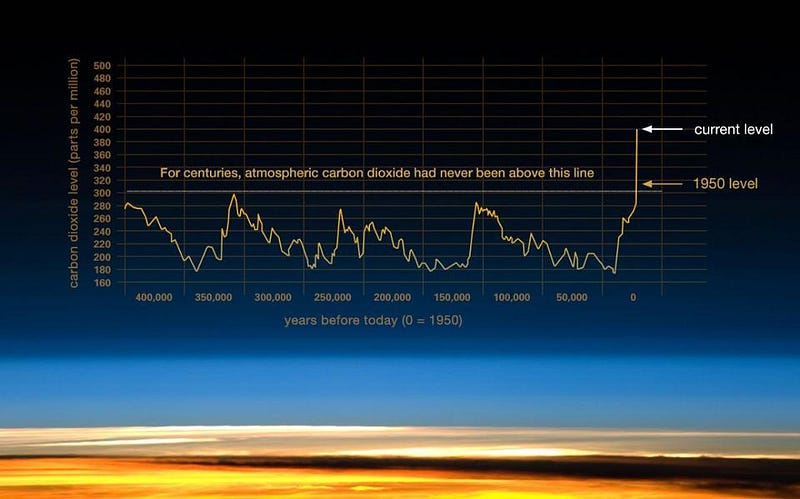
There are plenty of other examples where doubts — specifically, doubts without scientific validity — about the underlying science have translated into societal catastrophe.
Unfounded fears about 5G and wireless technology in general have led to violence and the wanton destruction of property.
Unfounded fears about fluoride consumption have led many municipalities to either remove fluoride from (or refuse to add the recommended levels of fluoride to) their drinking water, leading to an increase in cavities, particularly among low-income children, in those areas.
Many preventable deaths have occurred from a failure to understand that HIV is the virus that causes AIDS, causing a significant number of people to refuse the necessary treatments.
There are those who deny the scientific link between safety belts and reduced automobile fatalities, and those who deny the link between head trauma and chronic traumatic encephalopathy.
Yet the big problem isn’t that there are bad actors or spreaders of misinformation out there. The problem is that we don’t require scientific validity as a prerequisite in our policymaking.
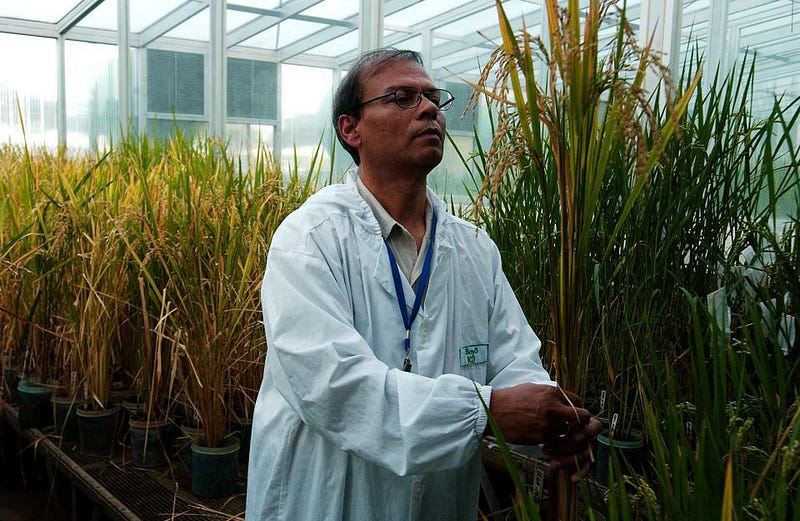
There are many people — including a number of scientists — who have gone to bat for these fundamentally anti-science propositions. Numerous scientists have spoken out against masks and vaccines; many researchers remain unconvinced by the science underlying global warming; some researchers who work on vaccines, fluoride, 5G, and many other issues continue to sow doubt about their safety.
Those scientists are wrong.
They’re not wrong for researching a topic where the science is overwhelmingly decided, mind you. They’ve reached the wrong conclusion: one that is not supported by the full suite of the available scientific evidence. Those who deny that life on Earth evolves via mutation and natural selection, who deny the Big Bang, or who deny that the Earth is round are no different; there’s nothing wrong with exploring the alternatives, but let’s not pretend that the alternatives have merit.
In this reality, we have to make decisions based on what is real. That requires that we be honest about what scientific truths are known, and that means that scientists need to speak up whenever those truths aren’t being told. We’ve already seen where the alternative leads: to social murder.
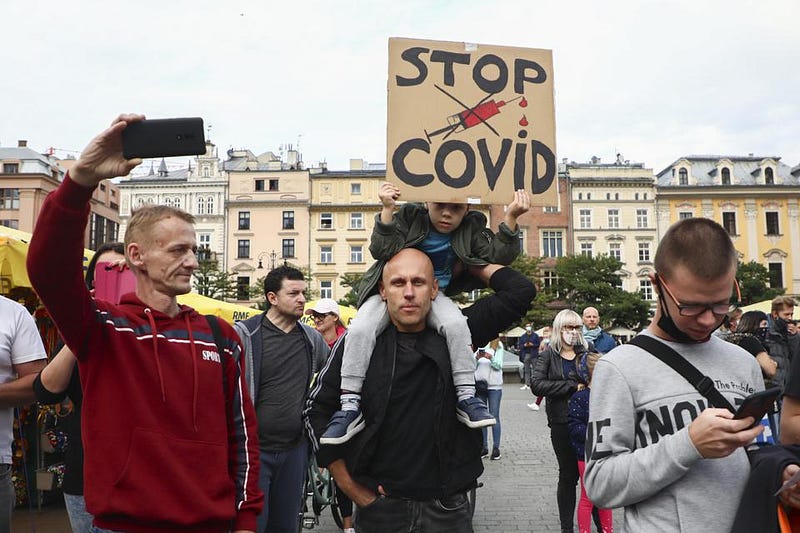
This is where we stand today. Many people are refusing to get vaccinated and are opposed to vaccinating their children. Many are still refusing to wear a mask or accept the basic science behind the novel coronavirus. Many refuse to accept the science behind global warming, and accept the role that CO2 emissions play in causing it. And yet, these are issues where collective action is required to make a difference. If even a small fraction of people — just a few percent — flout the necessary mitigation measures, all of human civilization will suffer the ill effects.
We’re suffering them now, mind you. We don’t have a national mask mandate; we don’t require a full course of immunizations (or a legitimate medical exemption) to enter public spaces; we don’t even tax greenhouse gas emissions the way we tax other pollutants. The next few years will be critical in determining the trajectory of humanity for the coming decades and centuries. We have a mess on our hands because we didn’t address these problems when they were small. Now that they’re large, we can either address them now, which is hard, or we can deal with the consequences later, which will be even more severe.
In all the known Universe, Earth is still the only planet we know to be inhabitable by humans. It’s up to us to take care of it, as well as each other.
Starts With A Bang is written by Ethan Siegel, Ph.D., author of Beyond The Galaxy, and Treknology: The Science of Star Trek from Tricorders to Warp Drive.



